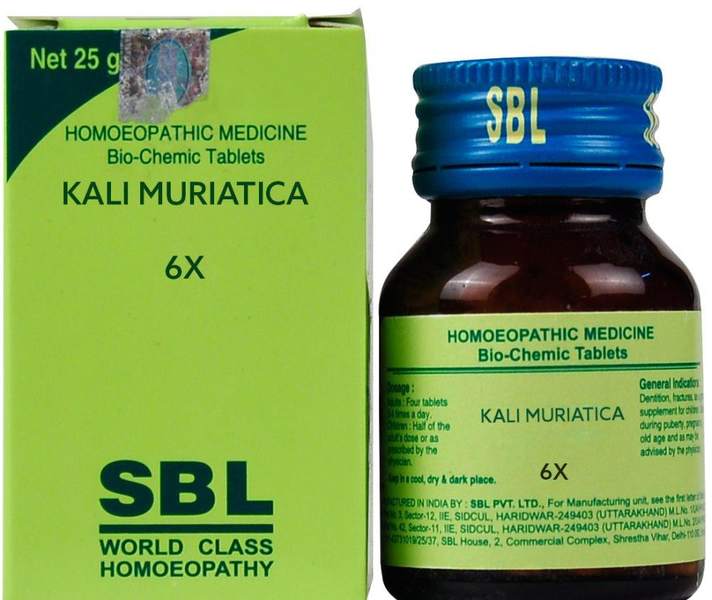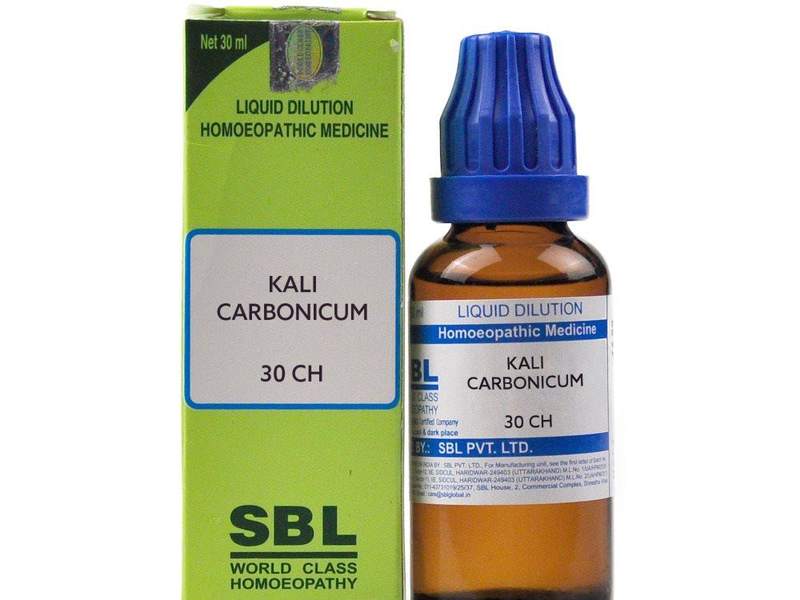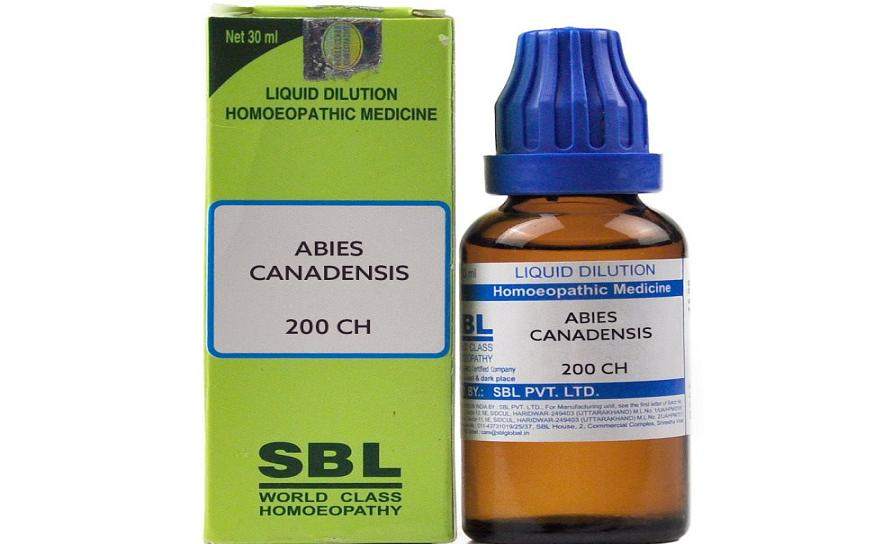Kali Muriaticum 3x Uses, Benefits – Kali Muriaticum Materia Medica
₹1,508.00 Original price was: ₹1,508.00.₹970.00Current price is: ₹970.00.
- Imagines he must starve
- Thick white or grayish-white, tough, shiny, fibrinous discharges
- White or gray coating at the base of the tongue
Source: Mineral kingdom
Synonyms: Potassium chloride, Kali chloratum, Chloride of potash
Prover: Dr C. Hering, W. H. Schussler and Martin
Duration of Action: Short acting remedy
Miasmatic Background: Tubercular
Temperament: Nervous
Diathesis: Scrofulous and dropsical
Thermal Relationship: Hot in general and chilly in particular
Introduction and History: Although not proven, this remedy has wide clinical use. It is one of the twelve tissue remedies by Schussler. Hence, it is a biochemic remedy. Potassium is predominantly an intracellular cation and maintains electrical excitability of nerves and muscles. Migration of chlorine with other anions from intracellular to extracellular mediums and vice versa maintains the ionic balance in the body.
Almost all potassium ions are absorbed from the gastrointestinal tract. It is freely filtered at the glomerulus and almost completely reabsorbed in the proximal tube of nephrons in the kidney. It is secreted in the distal convoluted tubule of nephron as well as in the colon. Thus, excretion occurs through urine and faeces.
Description: Occurs in nature in mines of Stassfurth in Germany. It is purified chemically and used in the preparation of the drug.
Preparation: The pure chloride is triturated with sugar of milk in decimal triturations from which higher potencies are prepared according to homeopathic pharmacy rules.
Constitution and Physiognomy: It is best suited to obese people with lax fibre, short neck and protuberance of the eyeballs and abdomen. Dropsical. Fatness and flabbiness without fitness.
Ailments From: Burns, cuts, vaccination, malnutrition, malabsorption, vomiting, diarrhoea, surgical haemorrhage, chronic abuse of laxatives, drugs like antidiabetic (insulin), antihypertensive, diuretics, cortisones, etc.
Seat of Action (Pharmacodynamics): Epithelium, throat, eustachian tube, lymph glands, shoulders.
Physio-pathological Changes (Pathology)
- It acts on the sympathetic nervous system regulating cellular and plasma potassium concentration. Intracellular as well as extracellular decrease in potassium causes increased sodium ions per unit volume. To balance this cationic change, inhibition and retention of water takes place. This increases the volume intra as well as extra cellularly. This results in oedema in the tissues, lungs, brain, extremities, abdomen, scrotum, pericardium, pleura, etc.
- In case of inflammation, vascular dilatation occurs which results in congestion and swelling.
- It causes a slow breakdown of glycogen and increased fat mobilization which causes fatty infiltration or waxy degeneration. This can be framed as fatness and flabbiness without fitness.
- Its deficiency causes conversion of fibrinogen into a fibrin-like structure in the exudate where cloudy swelling occurs. Thus, all discharges are stringy, ropy and can be pulled into long threads.
- It produces patchy necrosis especially in the subendocardial region and causes myocardial dysfunction resulting in a disturbed ECG.
- Kalium muriaticum deficiency causes vacuolization of proximal convoluted tubule along with hyperplasia of cells in the kidney, and also appears to increase prostaglandin, which causes polyuria.
- Its deficiency, hydropic degeneration is followed by Zenker’s degeneration in skeletal muscles or rhabdomyolysis due to fatty infiltration in all other muscular tissues.
Characteristic Mental Symptoms (Psychology)
- Imagines he must starve. Headache, with vomiting.
- Alternating mood, hypersensitive, anxious.
- Irritable, intelligent, introverted, indolent.
- Insanity, impulsive, loathing of life, fear and fright.
Characteristic Physical Guiding Symptoms
Discharge: Thick white or grayish-white discharge; tenacious, soapy, vomiting with clotted blood.
Tongue: White or gray coating, aphthous, tough, stringy saliva.
Taste: Salty, bitter, metallic.
Dysentery: Dysentery with slimy stools.
Haemorrhoids: Haemorrhoids with clotted blood.
Inflammation: It is used in the second stage of inflammation – transudative to early exudative stage.
Tonsillitis: It is an almost specific drug for follicular tonsillitis, burns, warts, chronic eczema, otitis media and diphtheria.
Sluggishness: Slowness, sluggishness, relaxation and oedema are the keynote pathological indications.
Congestion: Congestion of nose and throat. Winter cough and croup. Asthma; breathlessness, worse eating after.
Intercurrent: When the indicated medicine fails to act, Kalium muriaticum is given as an intercurrent. It is known as biochemic Sulphur.
Hunger: Hunger with easy satiety, everything eaten turns into gas, bloated abdomen. Diarrhoea after rich food.
Taste: Bitter taste with obstinate constipation.
Leucorrhoea: Leucorrhoea white or gray, bland, thin or thick.
Sprain: Sprain with swelling of the joint; pains worse from motion.
Catarrh: Catarrhal conditions of eyes, ears and throat.
Important Characteristic Features
Constipation: Constipation occurs frequently in consequence of some primary disturbance. Constipation accompanied by a white coated tongue, also when fat foods disagree. Excellent in long standing cases with a tropid liver, light coloured stools through want of bile from a sluggish liver.
Diarrhoea: Kalium muriaticum is for evacuations of blood and bloody mucous. Stools are light coloured, pale yellow or clay coloured. Diarrhoea in typhoid fever with stools as above. White or slimy stools after eating rich food, with a white coated tongue.
Dysentery: Ferrum phosphoricum and Kalium muriaticum are in most cases sufficient. If delirium and distension of the abdomen sets in, and the evacuations have a cadaverous smell, Kalium phosphoricum is suitable. Kalium phosphoricum is useful when a copious quantity of pure blood is discharged without any signs of putridity. Spasmodic abdominal pains, relieved by pressure and by doubling up, requires Magnesia phosphorica.
Liver and jaundice: Schussler writes that the first remedy to be given in every case of jaundice is Natrium sulphuricum. Kalium muriaticum jaundice is caused by a chill resulting in catarrh of the duodenum. Tongue is coated white, stools are light coloured. There is sluggish action of the liver, sometimes pain on the right side. Evacuations light yellow in colour denoting want of bile, accompanied by a white or grayish furred tongue and constipation.
Haemorrhage: Haemorrhage, when the blood is black, thick and viscid. Vomiting of blood, dark, clotted and viscid. Nose bleed in the afternoon. Ferrum phosphoricum as a rule, corresponds to epistaxis in children.
Cough: An acute, short, spasmodic and very painful cough requires Ferrum phosphoricum followed by Kalium muriaticum. Second stage of all inflammatory conditions of the respiratory tract with thick, tenacious, white or milky Sputa. Heavy cough of consumption. Loud, noisy, stomach cough with white expectoration and a white tongue. In whooping cough, with the characteristic expectoration.
Asthma: Asthma with gastric derangement. Tongue coated whitish or greenish; mucous – white and hard to cough up. When this occurs with depression of breathing, alternate Kalium muriaticum with Kalium phosphoricum. Cardiac asthma with sensation as if the heart and lungs were constricted. Kalium phosphoricum and Magnesia phosphorica are for nervous asthma.
Diphtheria: If there is a deficiency of this cell salt for any reason, the union between Kalium muriaticum and fibrin is broken down. The fibrin thus set free in the vicinity of the mucous membrane of the nose and throat is naturally eliminated there. This establishes a suitable breeding place for the bacillus and diphtheria is a result. If Kalium muriaticum is given, the fibrin unites with it and restores the mucous membrane to normal. The bacillus thus looses its breeding place and disappears. Hence, the disease will go away with it.
Syphilis and gonorrhoea: According to Schussler, ‘The soft chancre requires Kalium muriaticum, but the phagadenic chancre, Kalium phosphoricum; and the hard chancre, Calcarea fluorica. These remedies may be used internally and externally. For chronic syphilis, Kalium muriaticum. Other tissue salts like, Kalium Sulphuricum, Natrium muriaticum, Natrium sulphuricum, Silicea terra and Calcarea fluorica may be used according to the symptoms. Chief remedy for gonorrhoea is Natrium phosphoricum. Condylomata requires Kalium muriaticum and Natrium sulphuricum.’
Women: Menses are too late or suppressed, checked with a white tongue, etc. Too early menses. Excessive discharge, dark, clotted or tough; black like tar. If periods last too long, too frequently, Kalium muriaticum is used for vomiting of white phlegm during morning sickness. Kalium muriaticum is also for ulceration of the os and cervix uteri, with the characteristic discharges of thick, white, mild secretions from the mucous membrane. Congestion of the uterus. Kalium muriaticum is also indicated for leucorrhoea – discharge of a milky white mucous, non-irritating and mild in nature; alternate it with Calcarea phosphorica.
General Modalities
Aggravation: After eating fatty or rich food, from exertion, in summers, from touch, warmth of bed, noise, pressure, motion, at night, early in the morning, in the evening.
Amelioration: From rest, cold, cold drinks, rubbing, letting the hair down, wraps.
Remedy Relationships
Antidote: Calc-S.
Potency: 3x, 6x, 12x, 30, 200, 1000.
Dosage: Schussler recommends 6x to 12x decimal triturations. In diphtheria he recommends a gargle of the 3x, 1 to 15 grains in a tumbler of water.
Repetition: Bears repetition well in low potencies.
Therapeutic Value: Adenoids, Dandruff, Diarrhoea, Diphtheria, Epilepsy, Gonorrhoea, Infective hepatitis, Measles, Mump, Sore throat, Sprains, Tonsillitis.
Related products
Homeopathic Medicine
Abies Canadensis Homeopathic Medicine – Abies Canadensis Uses
Homeopathic Medicine
Homeopathic Medicine
Asafoetida Homeopathy Benefits, Uses – Asafoetida 30 Homeopathy Medicine
Homeopathic Medicine
Antimonium Crudum ( Antim Crud ) – Antimonium Crudum Materia Medica
Homeopathic Medicine
Homeopathic Medicine
Homeopathic Medicine
Homeopathic Medicine











